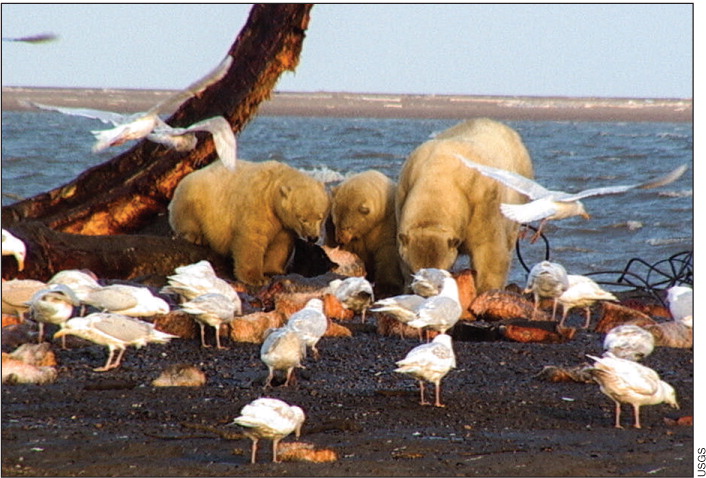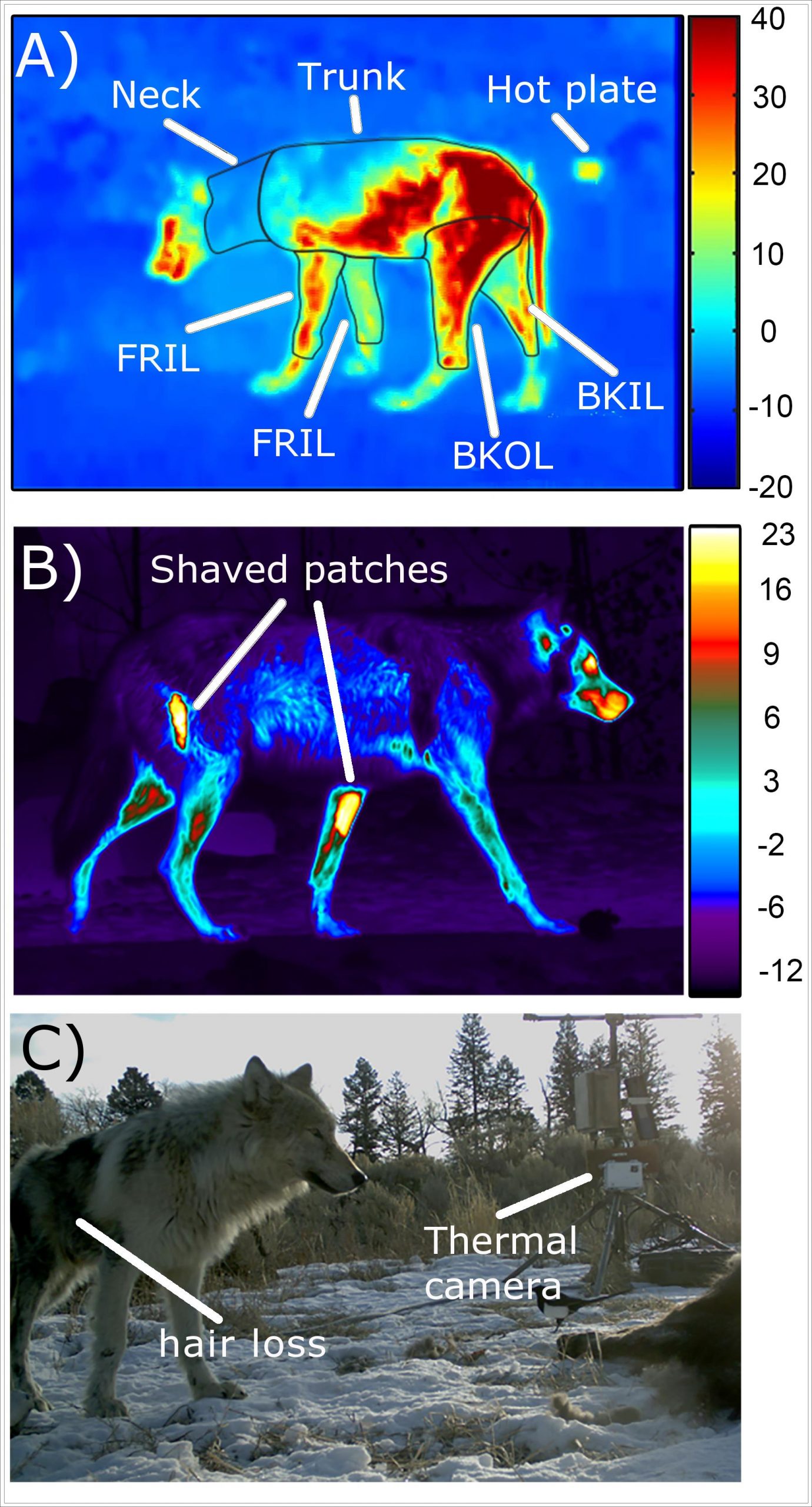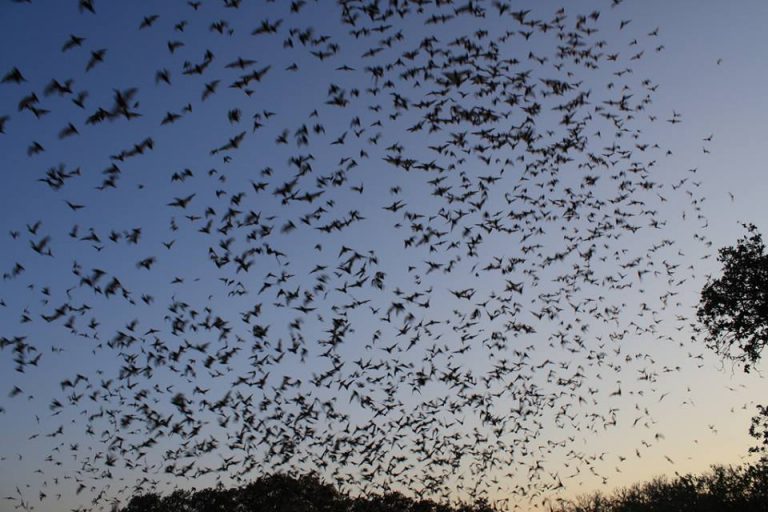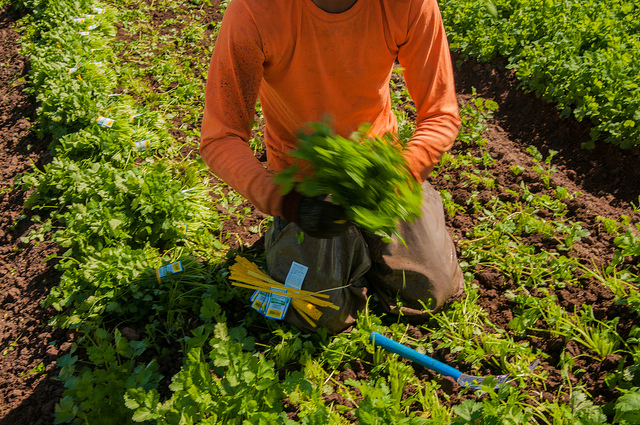
New diseases travel on the wings of birds in a rapidly changing north
When wild birds are a big part of your diet, opening a freshly shot bird to find worms squirming around under the skin is a disconcerting sight. That was exactly what Victoria Kotongan saw in October, 2012, when she set to cleaning two of four spruce grouse (Falcipennis canadensis) she had taken near her home in Unalakleet, on the northwest…



